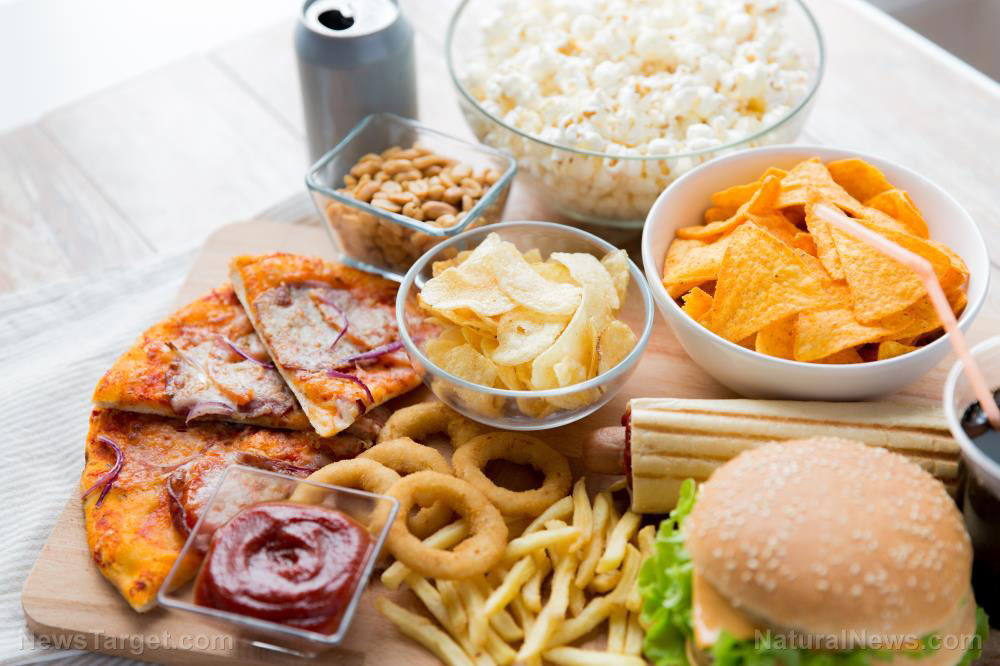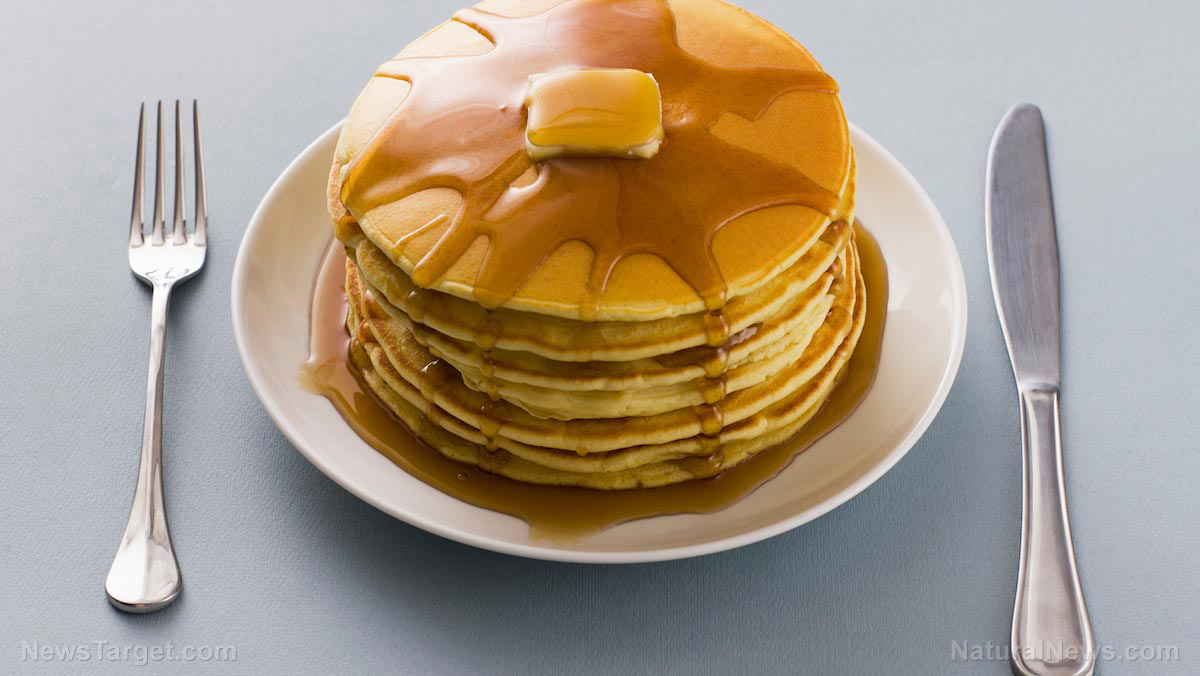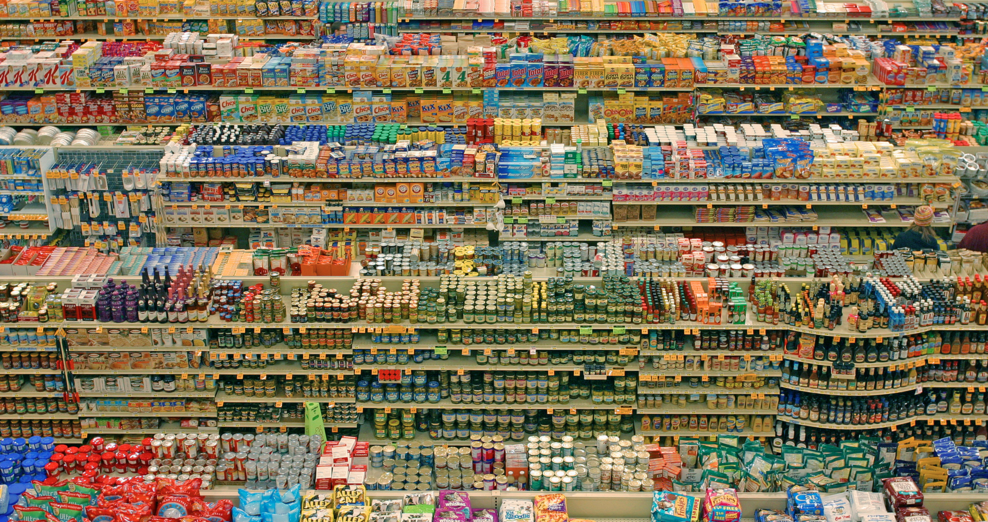Shirataki noodles, a low-carb and low-GI superfood perfect for vegans
01/01/2021 / By Zoey Sky

Noodles and pasta are filling, but eating them too frequently may be bad for your health, especially if you’re trying to maintain a healthy weight.
If you love regular noodles but want to use a healthier ingredient, try cooking with shirataki noodles, a low-carb superfood.
Shirataki noodles, a low-carb superfood
Shirataki noodles are becoming more popular both in restaurants and supermarkets because they are low-carb and have a low glycemic index (GI). But what exactly are shirataki noodles?
Shirataki noodles, also called konjac noodles, are traditional Japanese noodles made from glucomannan, a dietary fiber that comes from the root of konjac or elephant yam (Amorphophallus konjac or Amorphophallus rivieri). (Related: Need something to finish a recipe? Here are some alternatives to common cooking ingredients.)
Glucomannan is first mixed with water and a little lime juice, then shaped into thin or thick noodles. Shirataki noodles contain a lot of water: They are about 97 percent water and three percent glucomannan fiber.
Shirataki noodles are called miracle noodles, skinny noodles or zero noodles because they’re low in calories and carbohydrates. Shirataki noodles are also called yam noodles or konnyaku noodles.
On their own, shirataki noodles are rather bland, but they’re popular as an ingredient since they absorb the juices of the spices and vegetables they have been cooked with.
Shirataki noodles are often stir-fried with strong-flavored Asian spices like garlic and ginger. The noodles have a gelatinous texture and the name “shirataki” means “white waterfall” in Japanese, referring to the translucent appearance of the noodles.
Shirataki noodles are popular among health enthusiasts because they are:
- Gluten-free
- Grain-free
- Low-carb
- A low-GI (low glycemic) food
- Low-calorie
Shirataki noodles are suitable for people on a keto, paleo, vegan or vegetarian diet.
The USDA FoodData Central reports that one serving of shirataki noodles (100 grams or abound 3/4 cup) has only 10 calories, five grams of carbohydrates and zero fat. Additionally, shirataki noodles have a low energy density, and they can make you feel full longer, which helps prevent unhealthy snacking.
But as with other foods, there are some things to consider before eating shirataki noodles. If you’re not used to eating them, shirataki noodles can cause abdominal discomfort, constipation and diarrhea. Gradually include shirataki noodles in your diet to avoid these side effects.
Preparing shirataki noodles
In Japan, shirataki noodles are often used to bulk up salads, soups and hot pots. To make good shirataki noodles, rinse them well to get rid of the fishy smell that comes from the konjac root.
Ingredients:
- 1 Pack of shirataki noodles
- Water
Preparation:
Note: Shirataki noodles usually come in packages with water in them. Always rinse the noodles before cooking.
- Drain the water and put the noodles in a collander. Rinse the noodles well under running water.
- Boil water in a large pot and add the noodles. Cook the noodles for two to three minutes to remove any bitterness.
- Drain the noodles completely.
- Heat a frying pan and warm the noodles on moderate to high heat without any oil or liquid. This helps dry out the noodles completely and gives them a noodle-like texture. Cook the noodles using tongs for eight to 10 minutes.
- Add the noodles to a salad, stir-fry or a warming bowl of soup. Add other ingredients to taste, like meat, vegetables and hot broth, then top off with condiments like red chili paste, miso or soy sauce.
Enjoy eating noodles without guilt by using shirataki noodles instead of regular noodles for your recipes.
To learn more about healthy, vegan ingredients like shirataki noodles, visit Ingredients.news.
Sources include:
Submit a correction >>
Tagged Under:
Diets, food swaps, functional food, glucomannan, konjac, konjac noodles, low-carb, low-GI foods, natural ingredients, nutrition, recipes, shirataki, shirataki noodles, tips, vegan
This article may contain statements that reflect the opinion of the author
RECENT NEWS & ARTICLES
COPYRIGHT © 2017 TOP 10 GROCERY SECRETS





















